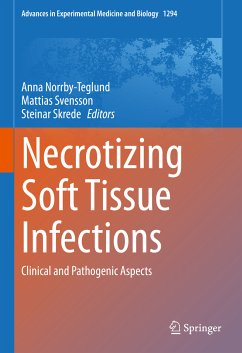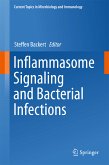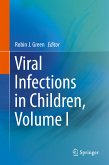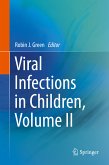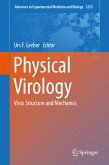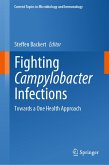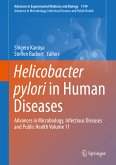This volume aims to enhance the current understanding of clinical features, treatment and pathogenic aspects in necrotizing soft tissue infections. Various representative case studies are discussed to enhance the readers' understanding of these complex diseases.
Necrotizing soft tissue infections are rapidly spreading infections that may cause extensive soft tissue or limb loss, multiorgan failure and are associated with a considerable fatality rate. It is undisputed that rapid diagnosis and prompt intervention is directly related to survival. The initial presentation may be limited to unspecific symptoms such as tenderness, swelling, erythema and pain. Thus, diagnosis and management are challenging due to heterogeneity in clinical presentation, in co-morbidities, in microbiological aetiology, as well as in the pathogenic mechanisms. An international and multidisciplinary consortium, INFECT, has for the last 6 years been pursuing research aimed to advance the understanding of the clinical and pathogenic aspects of these infections. A central part has been to create a comprehensive clinical registry and associated biobank which have also formed the basis for the experimental studies. Using the INFECT patient cohort, as well as an integrated systems biology approach in patients and clinically relevant experimental models, an advanced insight of diagnostic features, causative microbial agents, treatment strategies, and pathogenic mechanisms (host and bacterial disease traits and their underlying interaction network) has been obtained.
Dieser Download kann aus rechtlichen Gründen nur mit Rechnungsadresse in A, B, BG, CY, CZ, D, DK, EW, E, FIN, F, GR, HR, H, IRL, I, LT, L, LR, M, NL, PL, P, R, S, SLO, SK ausgeliefert werden.

